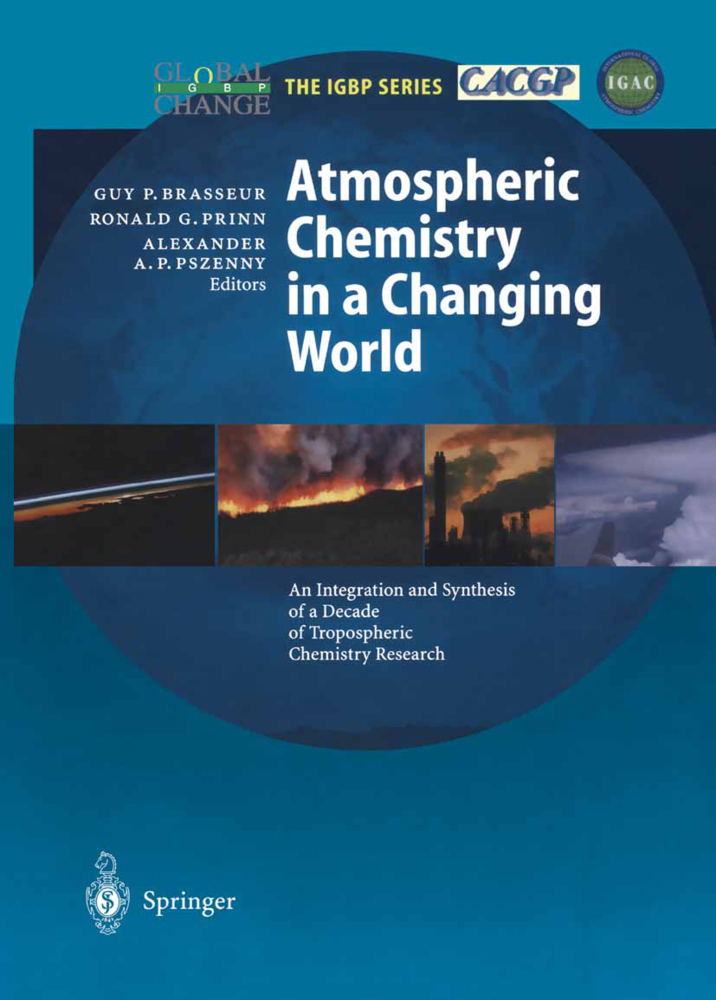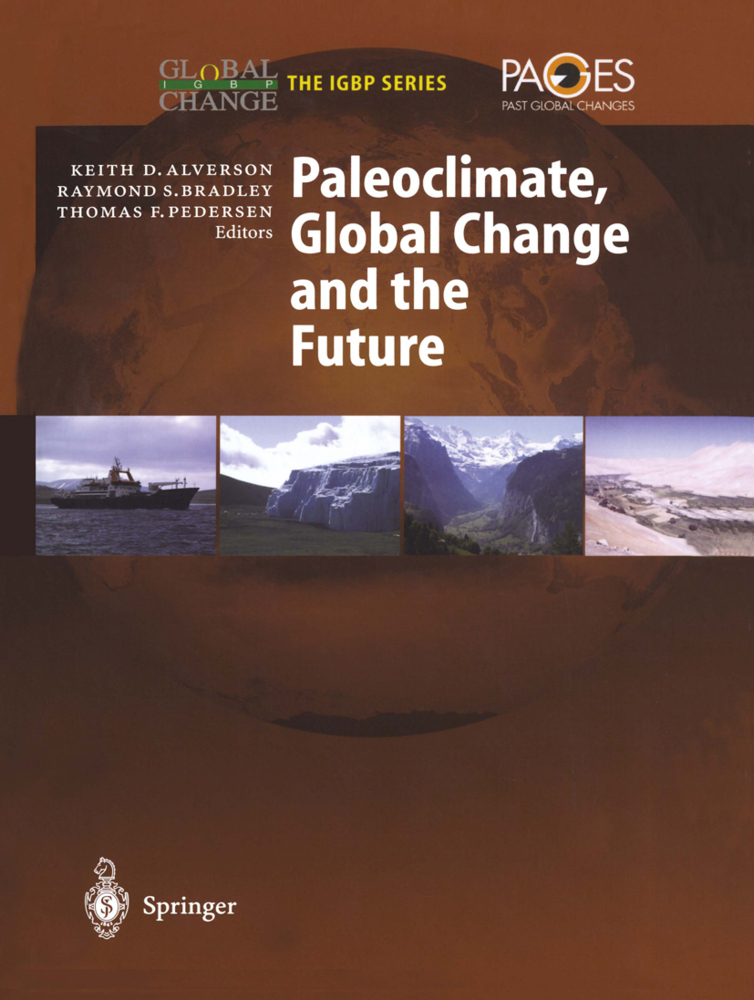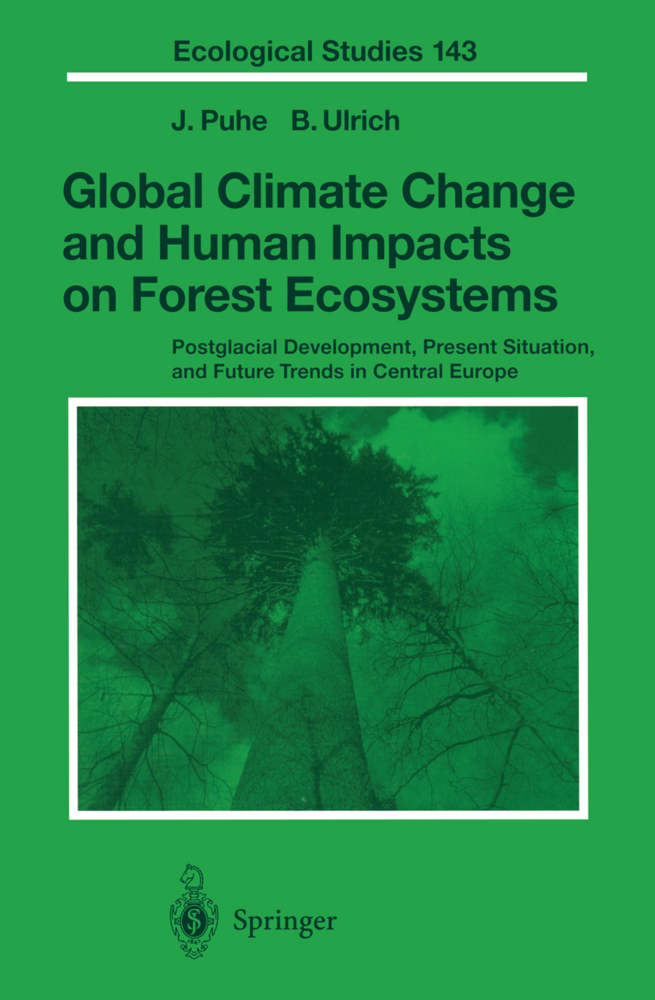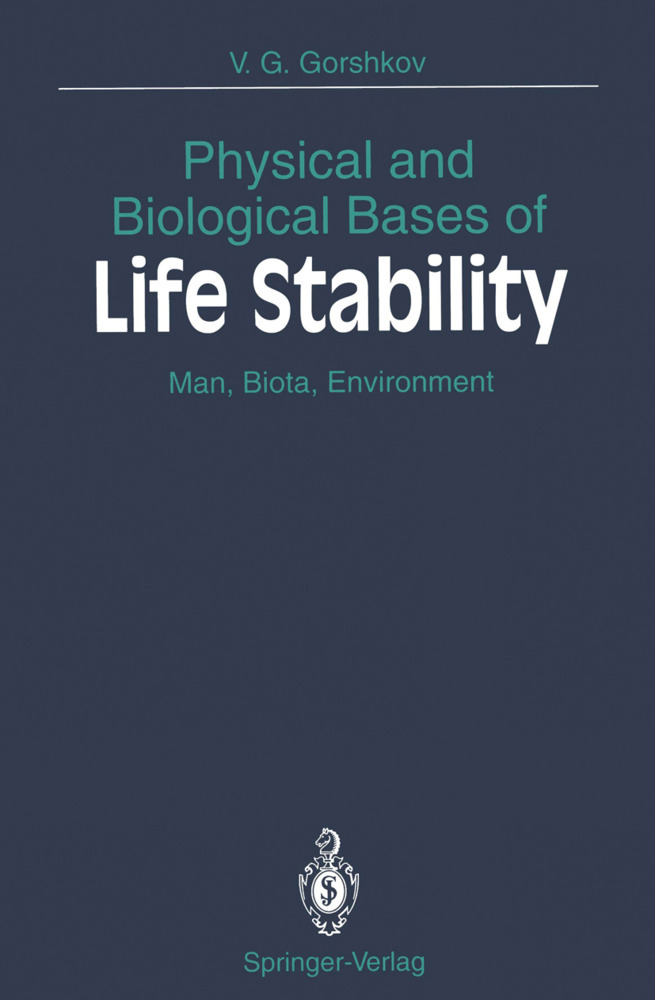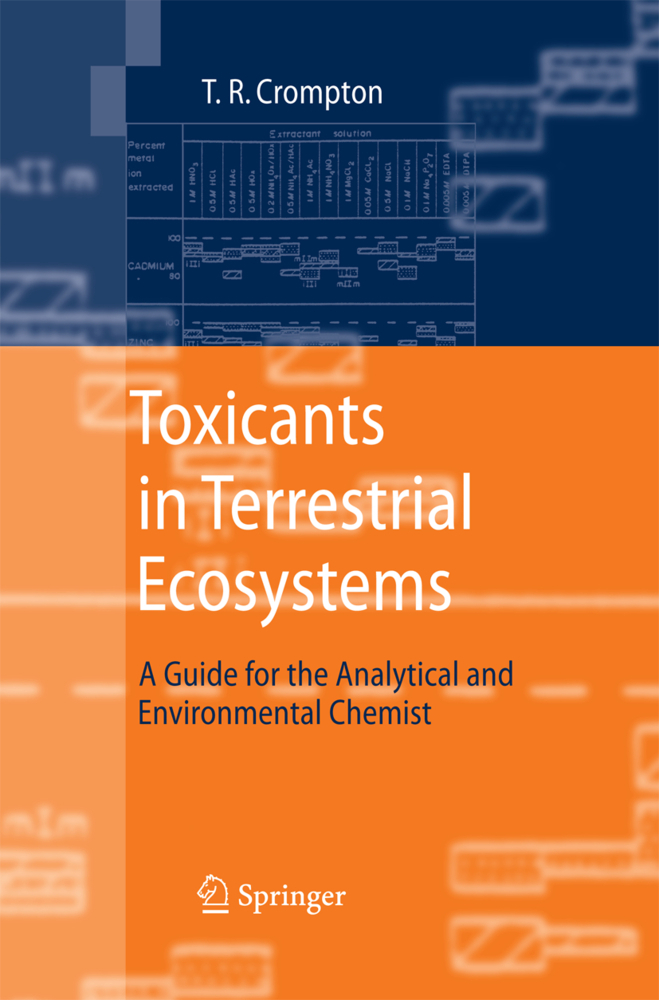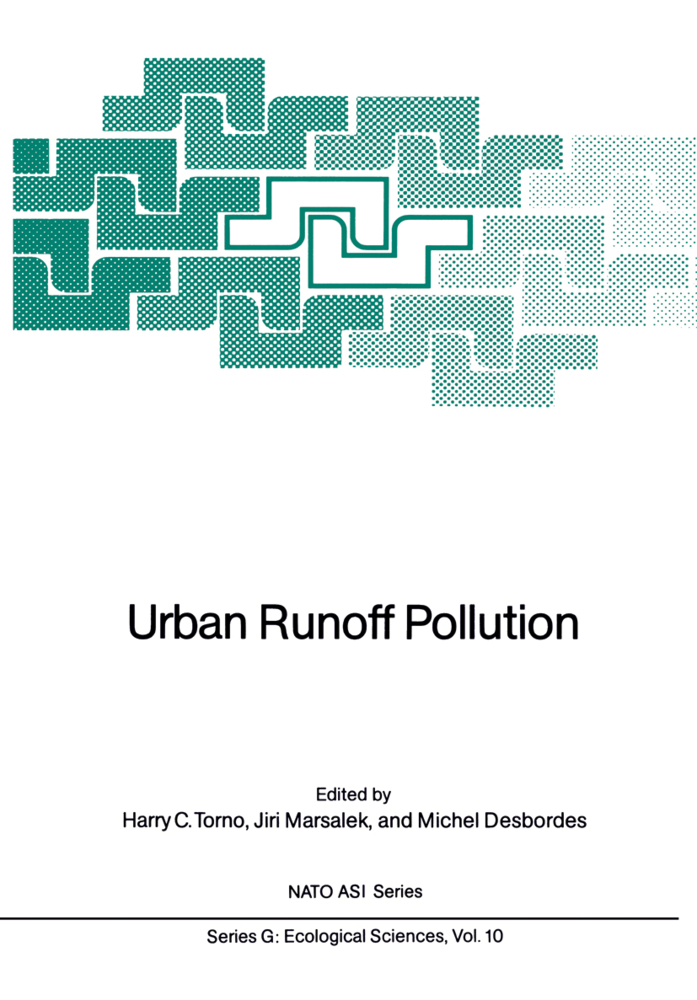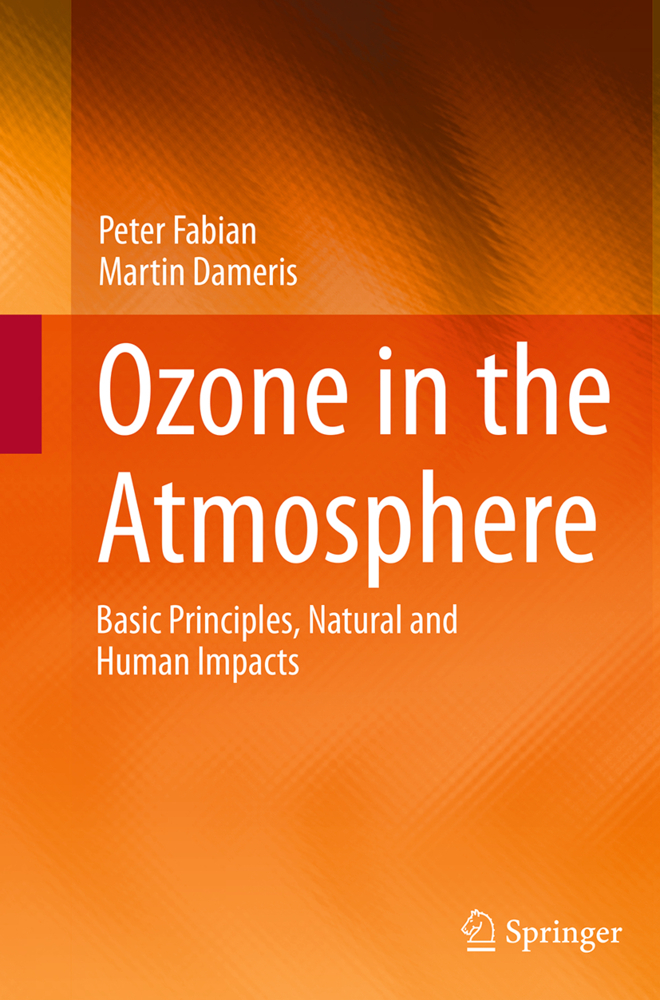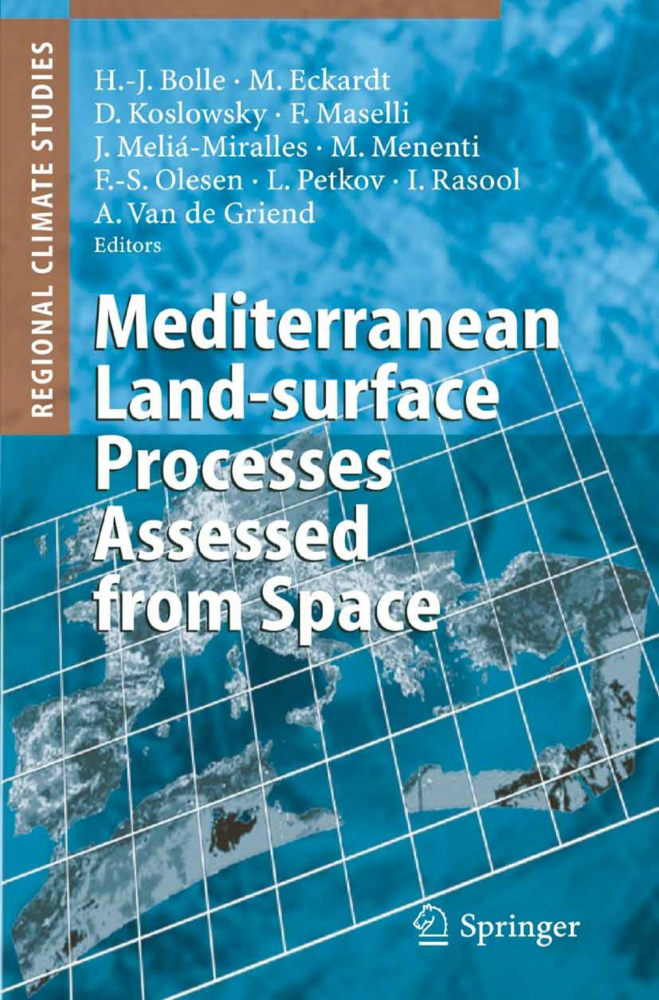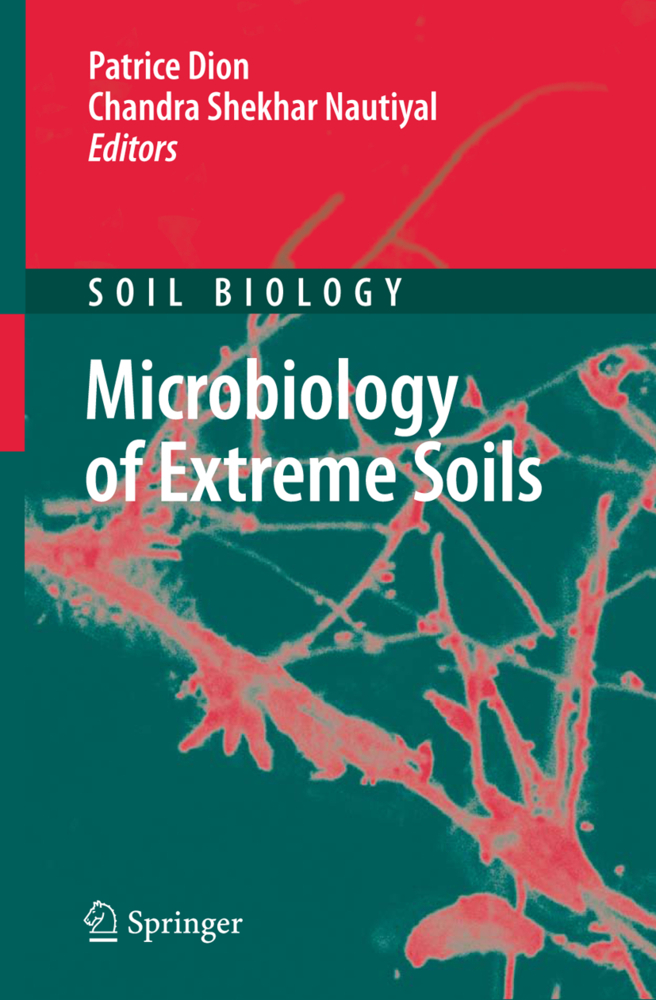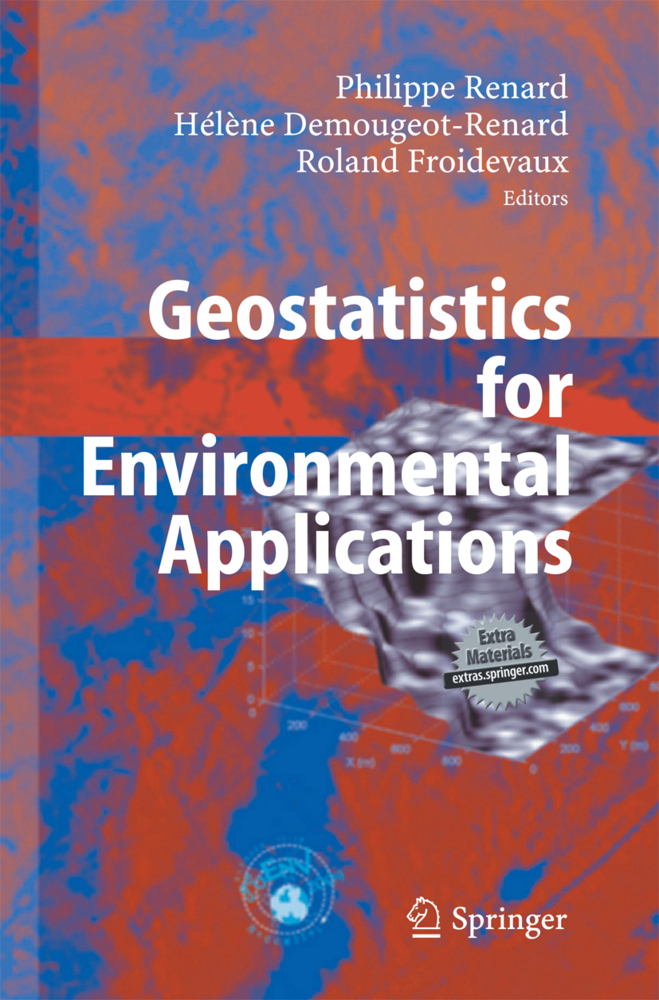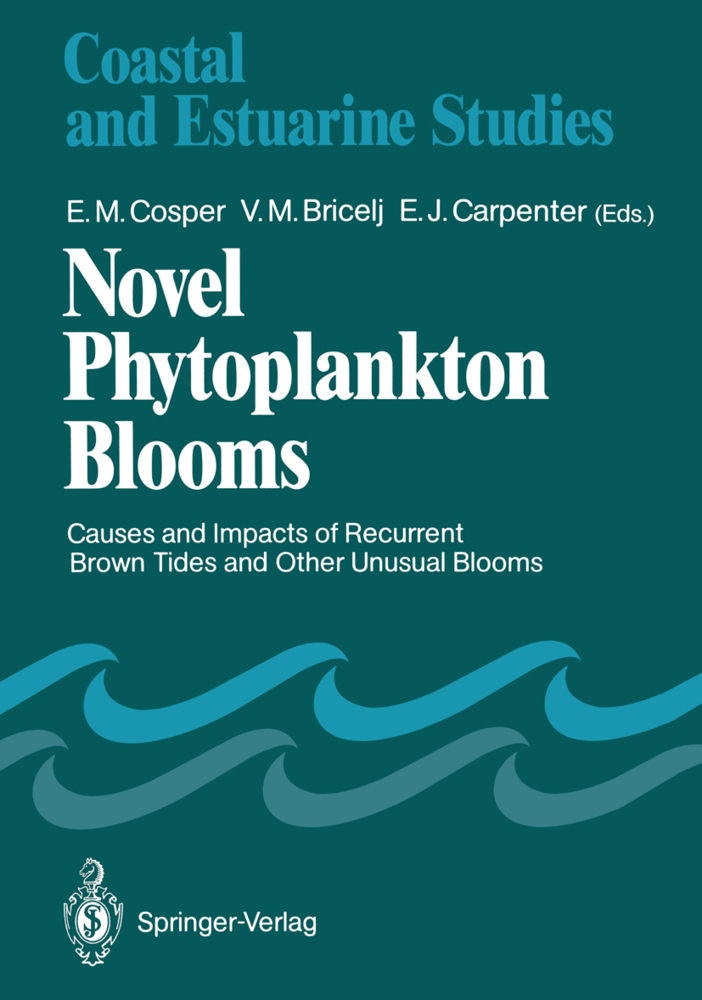Atmospheric Chemistry in a Changing World
Atmospheric Chemistry in a Changing World
This unique volume summarizes and integrates more than a decade of atmospheric chemistry research, carried out under the auspices of the International Global Atmospheric Chemistry (IGAC) Project of the International Geosphere-Biosphere Programme (IGBP). It is part of a series being written by each of the IGBP core projects. During the period under consideration, great progress has been made in the science, computing, modelling and observational techniques; methods have also improved. Suggestions for the highest priority research for the next decade are made. The volume was written by leaders in the field of atmospheric chemistry research, and includes important information regarding impacts on the environment reinforced by solid scientific results.
1 Changes in the Chemical Composition of the Atmosphere and Potential Impacts
1.1 Introduction1.2 Global Atmospheric Chemistry and the IGACProject
1.3 Past Changes in Atmospheric Chemical Composition
1.4 Causes of Atmospheric Changes
1.5 Impacts of Changes in Atmospheric Composition
1.6 Some Important Questions
2 Biosphere-Atmosphere Interactions
2.1 Introduction
2.2 KeyBiogenicGasesor Familiesand their Relevance to Atmospheric Chemistry
2.3 A Paleoclimatic Perspective on CH4 and DMS
2.4 Atmospheric Compounds as Nutrients or Toxins
2.5 Approaches for Studying Exchange
2.6 Terrestrial Highlights
2.7 Background: Emissions and Deposition
2.8 Marine Highlights
2.9 Summary of Achievements and Remaining Research Challenges
3 Atmospheric Photooxidants
3.1 Introduction
3.2 Ozone Precursors
3.3 Photochemistry in the Troposphere
3.4 Transport and Mixing Processes
3.5 A Climatology of Tropospheric Ozone
3.6 Long-Range Transport of Pollution and Impact on the Ozone Budget
3.7 Summary of Principal Achievements and Remaining Uncertainties
4 Tropospheric Aerosols
4.1 Introduction
4.2 Integrated View of the Present State of Knowledge of Atmospheric Aerosols
4.3 Selected Recent Developments
4.4 Research Approaches
4.5 Highlights and Remaining Challenges
5 Advances in Laboratory and Field Measurements
5.1 Introduction
5.2 Laboratory Studies
5.3 Field measurements: Gas Phase
5.4 Field measurements: Aerosols
5.5 Satellite Instruments for Tropospheric Chemistry
5.6 Long-Term Measurements
5.7 Summary and Conclusions
6 Modelling
6.1 Introduction
6.2 Types of Models
6.3 Model Components
6.4 Model Evaluation
6.5 Model Applications
6.6 Current Developments and Future Challenges
7 An Integrated Viewof the Causes and Impacts of Atmospheric Changes
7.1 Introduction
7.2 What Determines the Chemical Composition of the Atmosphere?
7.3 How Have Human Activities Altered Atmospheric Composition?
7.4 How Have Human Activities Changed the Global Atmospheric Budgets of Carbon, Nitrogen, and Sulphur?
7.5 What Controls Tropospheric Ozone?
7.6 Is the "Cleansing Efficiency" of the Atmosphere Changing?
7.7 How Does Atmospheric Chemistry Affect the Biosphere and Food Production?
7.8 How Does Atmospheric Chemistry Affect Human Health?
7.9 What is the Connection between Atmospheric Composition and Climate?
7.10 How Might Chemical Composition Evolve in the Future?
7.11 Are There Risks of Abrupt Changes and/or Irreversible Changes in Atmospheric Composition?
7.12 What Should the Research Strategy Be to Address Unresolved Questions?
References.
Brasseur, Guy P.
Prinn, Ronald G.
Pszenny, Alexander A.P.
| ISBN | 978-3-642-62396-7 |
|---|---|
| Artikelnummer | 9783642623967 |
| Medientyp | Buch |
| Copyrightjahr | 2012 |
| Verlag | Springer, Berlin |
| Umfang | XIV, 300 Seiten |
| Abbildungen | XIV, 300 p. |
| Sprache | Englisch |

